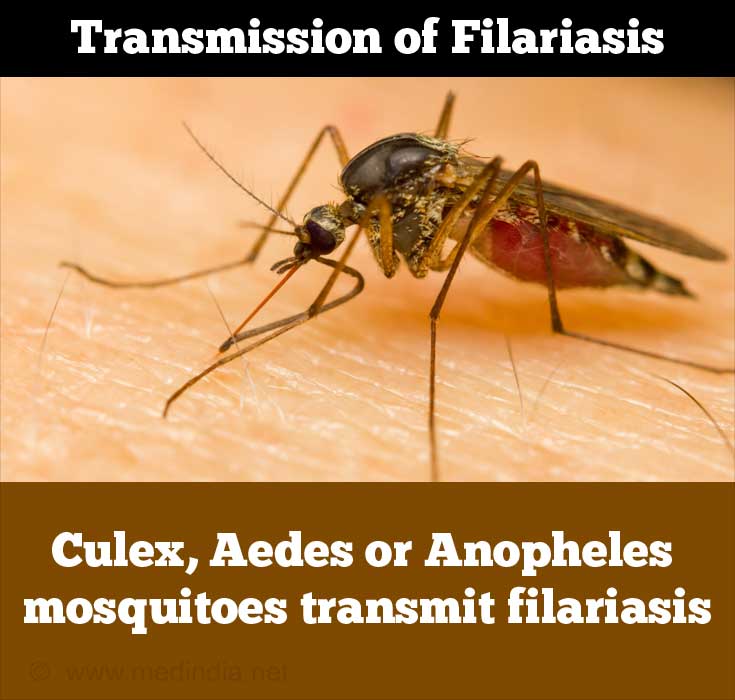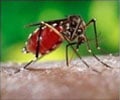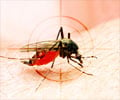- Filariasis - (https://www.nhp.gov.in/disease/blood-lymphatic/filariasis)
What are the Causes of Filariasis?
Eight different thread-like nematodes cause filariasis. Most cases of filaria are caused by the parasite known as Wuchereria bancrofti

Eight different thread-like nematodes cause filariasis-
- Lymphatic Filariasis (Elephantiasis) is caused by Wuchereria bancrofti, Brugia malayi, and Brugia timori.
- Subcutaneous Filariasis is caused by Loa loa (the eye worm), Mansonella streptocerca, and Onchocerca volvulus.
- Serous Cavity Filariasis is caused by the worms Mansonella perstans and Mansonella ozzardi.
Most cases of filariasis are caused by the parasite known as Wuchereria bancrofti; The Culex, Aedes or Anopheles mosquitoes transmit the disease. Another parasite called Brugia malayi that causes filariasis is transmitted by the vector Mansonia and Anopheles mosquitoes.

When an infected mosquito bites a healthy person, the larvae called microfilariae move into the lymphatics and lymph nodes. Here, they develop into adult worms and may persist for years.
The adult parasite, in turn, produces more microfilariae. These microfilariae circulate in the peripheral blood usually in the night, and are sucked by the mosquitoes during a bite. The same cycle is then repeated in another healthy individual.(3✔ ✔Trusted Source
Filariasis
Go to source)









